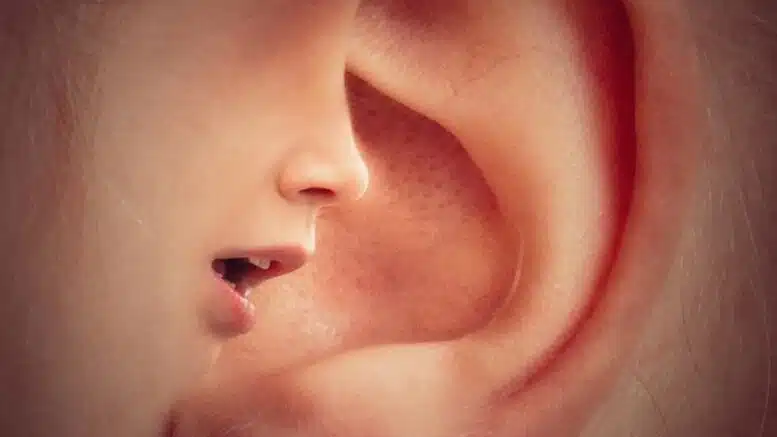One of the most annoying things that can happen to some people is having earwax build up in the ear canal. It may cause hearing loss, ear ringing, or squeaking sounds when they walk. In addition, people can have earwax build up and cause a buildup of bacteria in the ear canal.
People often remove the wax manually or use an effective ear cleaner to clean it out; however, this can be dangerous if you need to know what you are doing. The only way to ensure that you are removing it safely is by following some common-sense steps before trying to remove the wax. Listed below are some helpful steps to remove this buildup without causing too much damage to your ears.
A bulb syringe:
It is a bulb syringe that is used to apply a solution used professional ear cleaning. The bulb end can be used to adjust the pressure and can also be inserted into the ear. The solution must be diluted with water before applying it. A bulb syringe is an ear-cleaning device used to rinse or clean out an ear canal by applying water or saline solution. It works by sucking up a small amount of water, which you then expel over the eardrum using a gentle squeeze to clean out any accumulated wax or dead skin cells. It should not be done if you have an ear infection in your ears, as this may cause pain and further infection. You can also try a shower head or warm running water.
Ear E-Z tip:
You can also use ear E-Z tips because these ear tips are made of plastic; find out more about these below about wax removal tips. They are designed for people who do not want their ears cleaned out with an ear syringe such as a bulb syringe, for example, if the water should damage their hearing aid or do not want it in their ears.
Mineral or olive oil or water:
It is applied using cotton wool to the outside of the ear, where it can flow into the wax. Next, the vinegar should be added to the cotton wool and swabbed around the ear before leaving it for a few minutes. The oil will then soften the wax and break it up, so people can remove it more easily. People can also similarly use mineral or olive oil.
It will soften the wax, allowing easier removal. The water should be left in for about five minutes, during which time it is essential not to place any objects that may conduct heat into the water because this will burn the eardrum. After five minutes, remove excess water with cotton wool or paper towel and gently remove any remaining wax with your fingers, careful not to cause any damage to your eardrum.
Cotton buds:
It is advisable not to use cotton buds as this can push earwax further into the ear canal and cause a buildup. If you use a cotton bud, ensure it is damp and place it in your outer ear. Next, roll the bud into a spiral motion while slowly pulling it outwards. People with this one motion should have removed a significant amount of wax; if not, try it again but with a little more pressure.
Conclusion:
There are several ways you can safely remove earwax buildup without causing further damage to the ear. The tips listed above should help you remove the wax from your ears. However, if you don’t feel confident about doing this, it is best to visit an ENT doctor to give you some advice and information on how to remove it safely.
